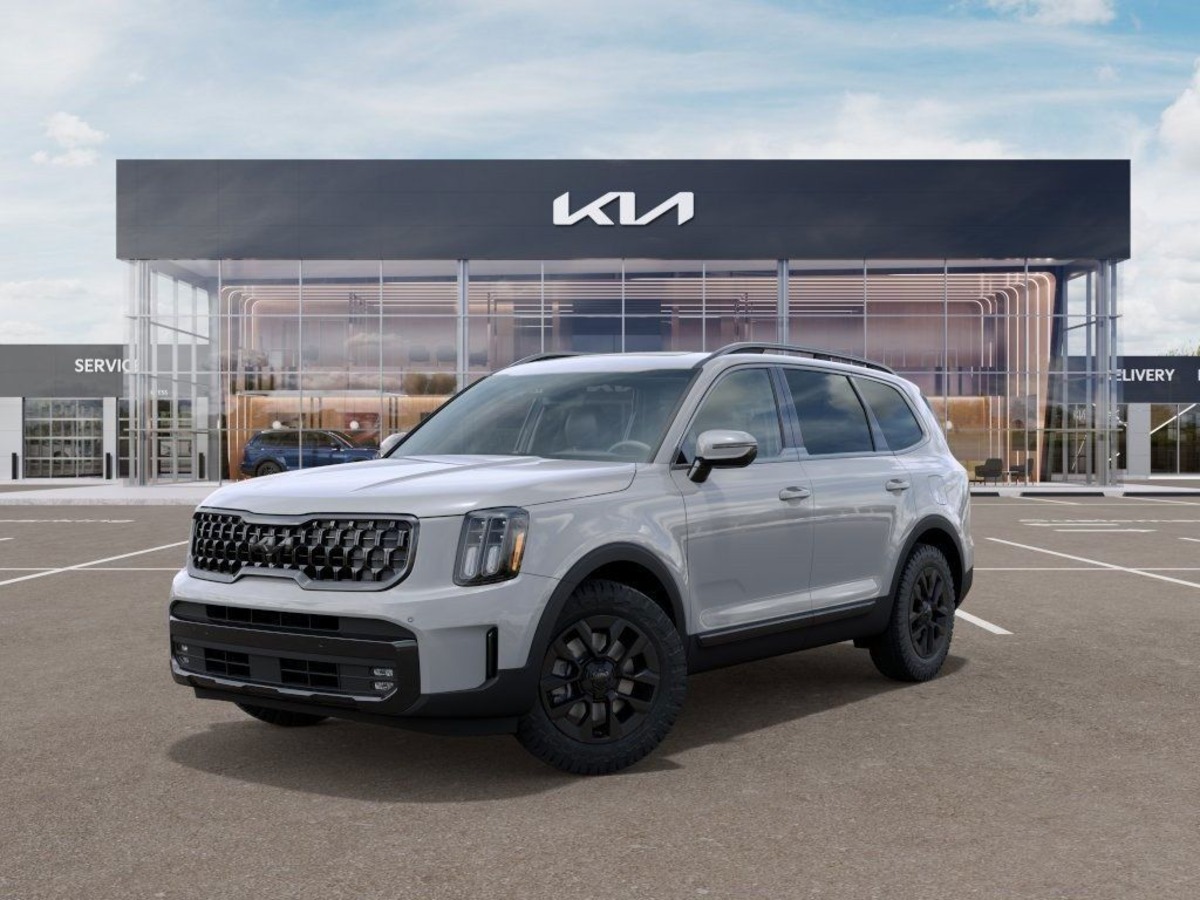In the evolving landscape of automotive design, sliding rear seats have emerged as a game-changing feature that transforms the versatility of modern vehicles.
This innovative functionality allows passengers to adjust legroom on demand or create additional cargo space when needed, effectively addressing the eternal compromise between passenger comfort and storage capacity.
For families juggling between school runs, grocery shopping, and weekend getaways, sliding rear seats offer practical flexibility that adapts to life’s changing demands.
While this feature was once reserved for premium SUVs and minivans, it has gradually found its way into smaller crossovers and even some compact cars, recognizing the universal need for space optimization.
As consumers increasingly seek multi-functional vehicles that accommodate diverse lifestyle needs, manufacturers are responding by incorporating these adjustable seating systems.
Let see examine five vehicles that have successfully implemented sliding rear seats, analyzing how this feature enhances their overall utility and driving experience.
Additionally, we identify five models that would significantly benefit from this feature, considering their current limitations and how sliding seats could transform their appeal in today’s competitive automotive market.
Cars With Sliding Rear Seats
These thoughtfully designed vehicles feature adjustable rear seats that transform passenger comfort and cargo flexibility with simple sliding mechanisms that maximize interior versatility.
Their intelligent rail systems allow rear passengers to enjoy limousine-like legroom when needed or slide forward to create additional cargo space for those home improvement store runs.
Parents appreciate the ability to move children closer for easier access while maintaining proper safety restraint positioning a feature that proves invaluable during long family road trips.
The sliding functionality elegantly solves the traditional compromise between passenger space and cargo capacity, creating truly adaptable interiors that respond to changing transportation needs.
1. Volkswagen Tiguan
The Volkswagen Tiguan stands as a prime example of thoughtful European engineering that prioritizes versatility without compromising on driving dynamics.
Its sliding rear seat system represents one of the most refined implementations in the compact SUV segment, offering up to seven inches of travel that transforms the vehicle’s interior configuration on demand.
This feature proves particularly valuable for Tiguan owners who frequently alternate between maximizing passenger comfort and accommodating bulky cargo. The sliding mechanism operates with Germanic precision smooth, quiet, and built to withstand years of frequent adjustments.
Unlike some competitors that require significant effort to reconfigure, the Tiguan’s seats can be adjusted with one hand, even while standing outside the vehicle with the rear door open.
When pushed back, the rear seats provide limousine-like legroom that rivals vehicles from classes above, making the Tiguan an excellent choice for families with teenagers or adults who regularly occupy the second row.
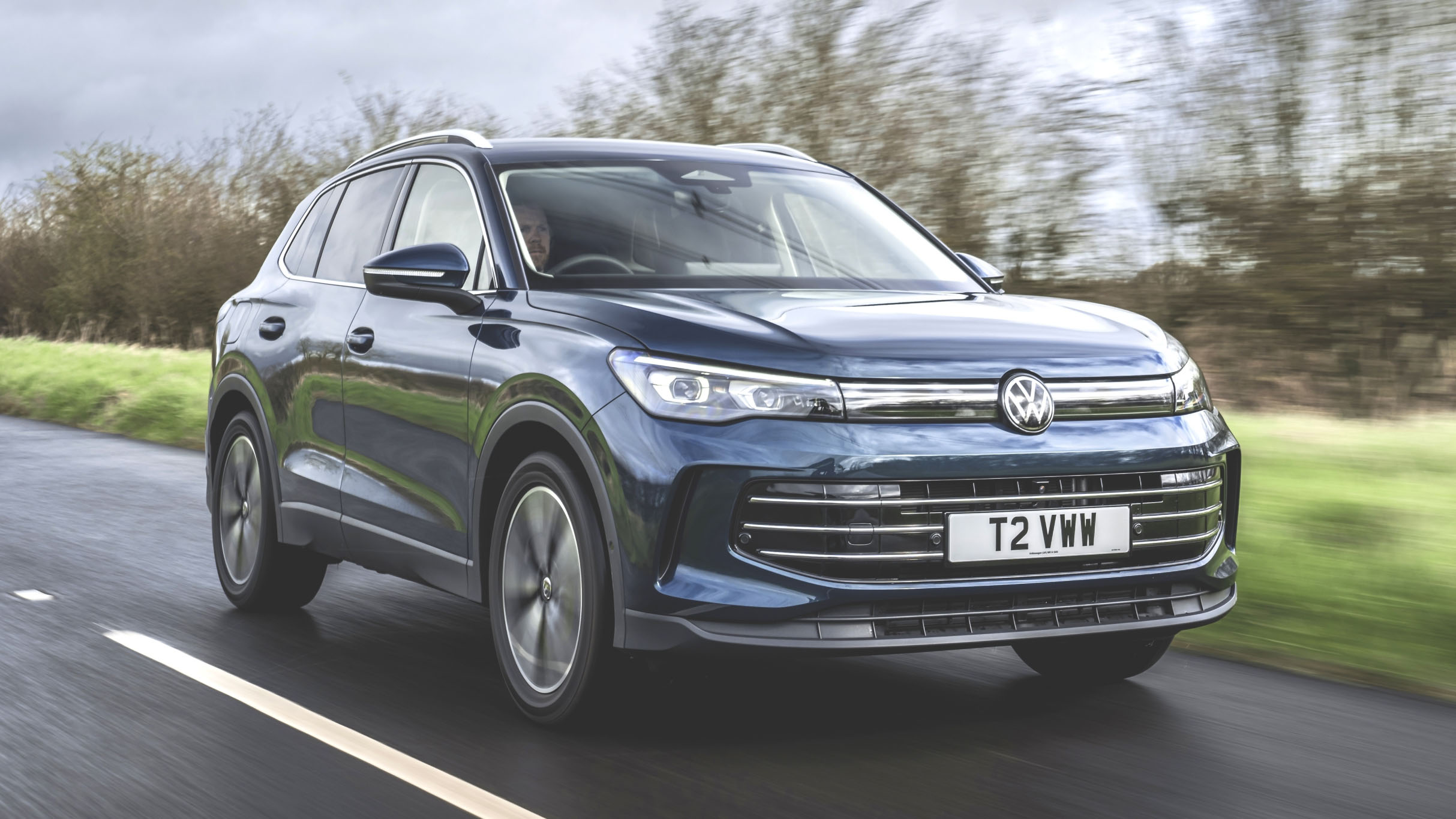
What truly distinguishes the Tiguan’s implementation is how effectively it addresses the vehicle’s compact footprint. Despite its modest exterior dimensions, the sliding functionality creates a sense of spaciousness that belies its classification as a compact SUV.
With the seats in their forward position, the cargo area expands from a respectable 37.6 cubic feet to an impressive 73.5 cubic feet rivaling much larger vehicles.
Volkswagen has also thoughtfully designed the seats with a 40/20/40 split configuration, allowing owners to slide individual sections independently, accommodating both long cargo items and rear passengers simultaneously.
The system integrates seamlessly with the Tiguan’s available third-row seating option, enabling owners to precisely calibrate the balance between second-row legroom and third-row accessibility.
This level of customization proves invaluable for growing families who occasionally need to accommodate extra passengers without investing in a significantly larger vehicle.
The sliding functionality ultimately transforms the Tiguan from a merely competent compact SUV into a versatile Swiss Army knife capable of adapting to virtually any combination of passenger and cargo needs.
2. Toyota RAV4
The Toyota RAV4, America’s bestselling non-pickup vehicle, incorporates sliding rear seats with characteristic Toyota pragmatism and reliability.
While the RAV4 may not be the first vehicle buyers associate with interior innovation, its sliding rear seat implementation represents a thoughtful addition that significantly enhances the functionality of this already versatile crossover.
Available primarily in higher-end trims like the Limited and Adventure models, this feature provides approximately five inches of travel slightly less than some competitors but deployed with typical Toyota effectiveness.
What makes the RAV4’s sliding system particularly noteworthy is how it complements the vehicle’s already capacious interior.
With the seats in their standard position, the RAV4 offers a generous 37.6 cubic feet of cargo space, which expands to an impressive 69.8 cubic feet with the rear seats folded flat.
The sliding functionality adds another dimension of flexibility, allowing owners to fine-tune the cabin configuration based on specific needs.
For families with young children in car seats, the ability to slide the second row forward slightly creates additional space for strollers and gear while maintaining easy access to the children.
Toyota has engineered the system with remarkable attention to everyday usability. The sliding mechanism features multiple lock positions rather than infinite adjustment, which some owners appreciate for its predictability and security.
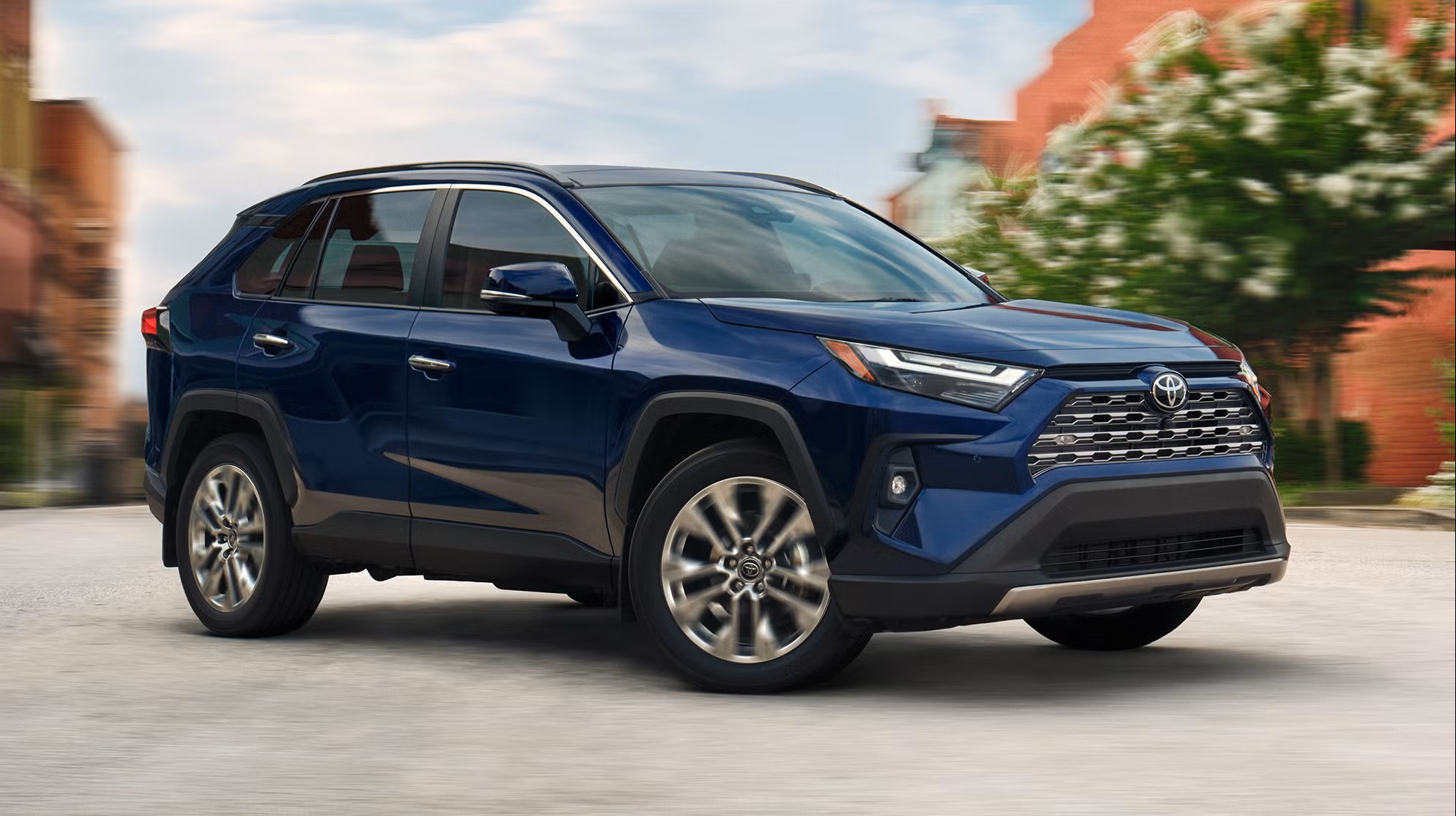
Each position clicks into place with reassuring feedback, eliminating concerns about seats shifting during aggressive driving or emergency maneuvers.
The controls are intuitively placed at the outer edges of the seat cushions and along the top of the seatbacks, allowing adjustments from both inside the cabin and from the cargo area.
The RAV4 Hybrid and Prime plug-in hybrid variants particularly benefit from this feature, as it helps offset the slight reduction in cargo space caused by battery placement.
By sliding the seats forward when maximum cargo capacity is needed, owners can reclaim valuable storage space without sacrificing the fuel economy benefits of electrification.
Toyota has also reinforced the sliding rails and mechanisms in these heavier variants to accommodate the additional strain of emergency braking with the added weight of battery systems.
Toyota’s implementation of sliding rear seats in the RAV4 exemplifies how thoughtful interior engineering can enhance an already successful vehicle platform, adding a layer of versatility that responds directly to the practical needs of its target demographic without overcomplicating the user experience.
3. BMW X5
The BMW X5 demonstrates how sliding rear seats can enhance even a luxury SUV without compromising its premium character. BMW’s implementation of this feature in the X5 showcases German engineering precision with a focus on both functionality and refinement appropriate for a vehicle in this class.
Unlike mainstream models that prioritize maximum travel distance, the X5’s rear seats offer a more modest four inches of adjustment but what it lacks in range, it more than compensates for in seamless operation and thoughtful integration with the vehicle’s overall design philosophy.
The sliding mechanism in the X5 operates with vault-like solidity, moving with a damped precision that reinforces the vehicle’s luxury positioning. There’s no rattling, no flimsy plastic levers, and no sense that this feature was an afterthought.
Instead, BMW has integrated aircraft-grade aluminum rails hidden beneath the premium carpeting, controlled by discreet but substantial levers finished in brushed aluminum that match the vehicle’s other interior touchpoints.
The 40/20/40 split configuration provides exceptional versatility, allowing passengers to slide individual sections to accommodate both people and longer cargo items simultaneously.
What distinguishes the X5’s implementation is how it complements the vehicle’s optional third row. When equipped as a seven-seater, the sliding second row becomes essential for balancing overall passenger comfort.

With a few inches of adjustment, second-row passengers can compromise slightly on their generous legroom to make the third row viable for adults on shorter journeys transforming the X5 from a five-passenger luxury SUV with occasional seven-passenger capability to a genuine three-row family hauler when needed.
The system also enhances the X5’s cargo functionality without sacrificing its luxury appointments. With the seats in their forward position, the already generous cargo area expands to accommodate larger items like antique furniture or sporting equipment that might otherwise require a less prestigious vehicle.
BMW has reinforced the seat tracks to maintain structural integrity during aggressive driving maneuvers, ensuring that the sliding functionality never compromises the X5’s renowned handling characteristics or passenger safety.
BMW’s iDrive system includes presets for seat positions that can be saved alongside driver profiles, allowing different family members to quickly reconfigure the interior based on personal preferences.
This digital integration exemplifies how BMW has elevated a fundamentally practical feature into something that enhances the premium ownership experience, demonstrating that luxury and versatility need not be mutually exclusive in the modern SUV landscape.
4. Honda CR-V
The Honda CR-V has long been celebrated for maximizing interior space within compact dimensions, and its sliding rear seat system perfectly embodies this philosophy of practical efficiency.
Honda’s implementation delivers approximately five and a half inches of travel finding the sweet spot between the limited adjustment of some luxury models and the extensive range offered by larger vehicles.
This moderation reflects Honda’s understanding that most owners need enough adjustment to make a meaningful difference without compromising seat stability or safety.
What sets the CR-V’s sliding system apart is its effortless operation. Honda has engineered a mechanism that requires minimal force to adjust, with lightweight but durable components that glide smoothly along reinforced tracks.
The release levers are positioned for convenience at both the lower cushion and upper seatback, allowing adjustments from multiple angles. This thoughtful design proves particularly valuable for families with small children, as parents can easily adjust the seats while loading or unloading car seats, strollers, and other bulky items.
The CR-V’s sliding functionality becomes particularly impressive when viewed in the context of the vehicle’s ingenious “Magic Seat” design philosophy.
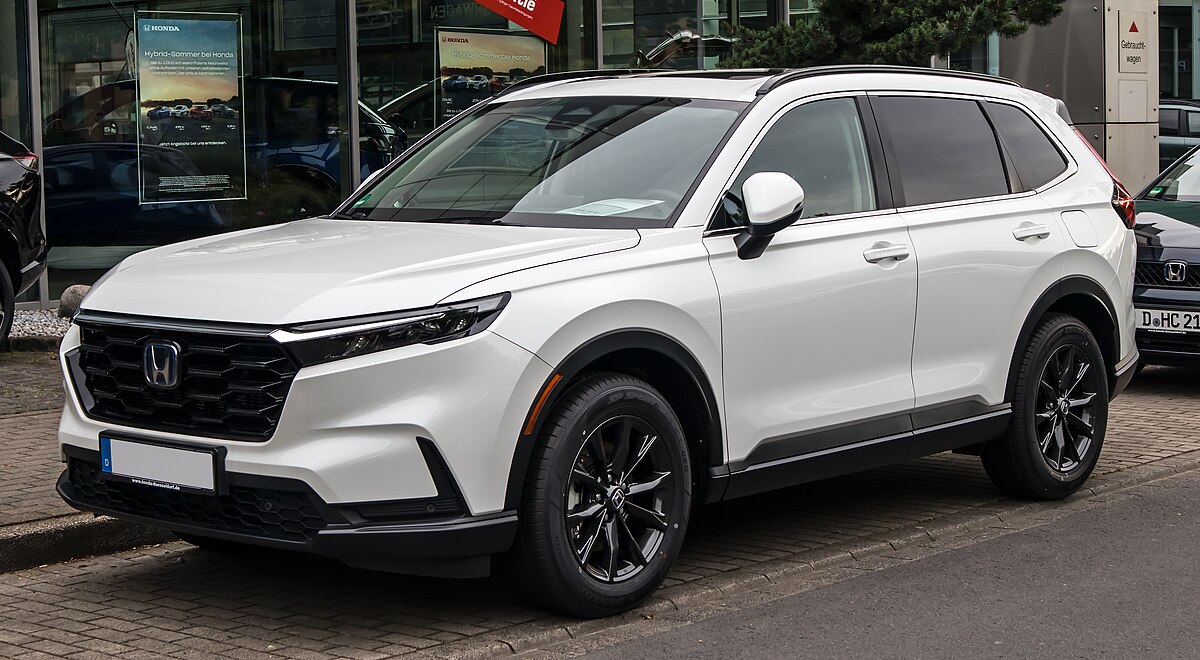
The rear bench can not only slide forward and backward but also recline through several positions, creating an almost customizable passenger experience.
With the seats in their rearmost position, the CR-V offers legroom that rivals midsize sedans a remarkable achievement for a compact crossover. Slide them fully forward, and the already generous cargo capacity increases from 39.2 cubic feet to an exceptional 75.8 cubic feet with the seats folded flat, rivaling vehicles from classes above.
Honda has reinforced the sliding mechanisms to maintain their smooth operation throughout the vehicle’s lifespan addressing a common concern about moving parts in high-use areas.
The tracks are designed to resist contamination from spills and debris, with self-cleaning channels that prevent the buildup of particles that might impede smooth operation over time.
This attention to longevity reflects Honda’s understanding that this feature will see daily use in most family vehicles. The system’s integration with the CR-V’s safety features deserves particular mention.
Honda has engineered the sliding mechanism to lock firmly into place during emergency maneuvers, preventing unwanted movement during sudden braking or collision avoidance scenarios.
Additionally, the seats automatically return to their optimal position for child safety seat installation when using the LATCH anchors, ensuring that even inexperienced users can achieve proper installation geometry without compromising safety.
Also Read: 10 Vehicles With Amazing Cargo Space Hidden Below the Floor
5. Nissan Rogue
The Nissan Rogue demonstrates how sliding rear seats can transform a mainstream compact crossover into a remarkably versatile family vehicle. Nissan calls this feature the “EZ Flex Seating System,” and it represents one of the most thoughtfully implemented sliding seat arrangements in its class.
With approximately six inches of travel, the Rogue strikes an ideal balance between adjustment range and seat stability, allowing meaningful reconfiguration without introducing unwanted movement during normal driving.
What distinguishes the Rogue’s implementation is its integration with Nissan’s “Divide-N-Hide” cargo system. This combination creates unparalleled flexibility for a vehicle of this size, effectively delivering multiple vehicles in one.
With the rear seats in their forward position, the Rogue’s standard cargo capacity increases dramatically, while the Divide-N-Hide system provides configurable shelving and storage compartments that prevent items from shifting during transit, addressing a common complaint about maximizing cargo space at the expense of organization.
Nissan has engineered the sliding mechanism with a focus on accessibility and ease of use. The release levers are strategically positioned and clearly marked, requiring minimal force to operate even when the seats are occupied.
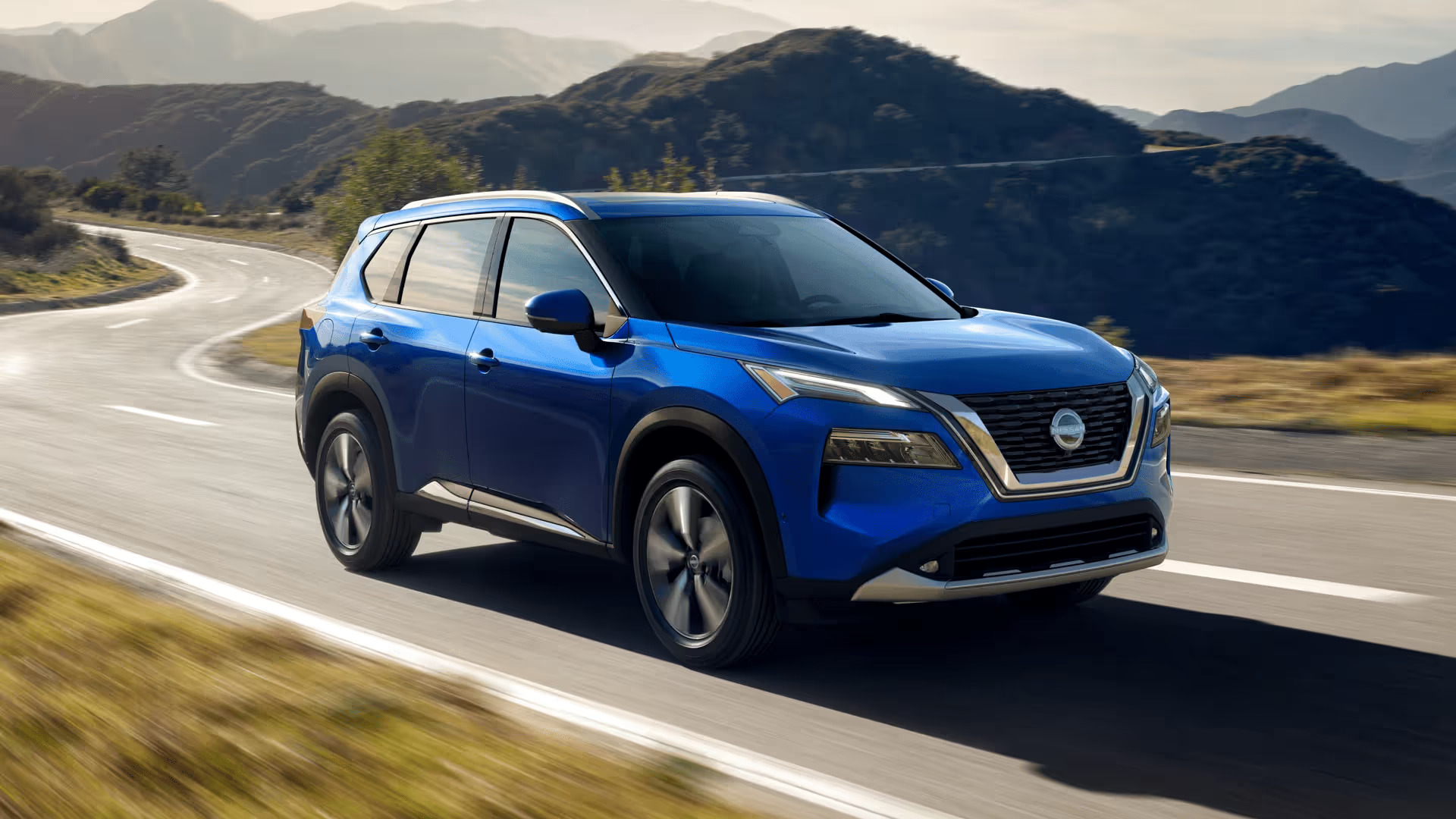
The tracks include multiple defined positions that provide reassuring feedback when engaged, allowing users to quickly select familiar configurations for common scenarios like school pickup, grocery shopping, or weekend adventures.
This approach reflects Nissan’s understanding that convenience features deliver value only if they’re intuitive enough for daily use. The Rogue’s sliding seats also contribute significantly to passenger comfort across varying body types and ages.
Families with teenage children particularly appreciate the ability to create additional legroom for growth spurts, while those with younger children benefit from being able to slide the seats forward for easier access during buckle-up routines.
The ability to recline the seatbacks in any position along the sliding track creates truly customizable comfort that adapts to passenger preferences rather than forcing adaptation to fixed positions.
Perhaps most impressively, Nissan has maintained this functionality while still incorporating class-leading safety features throughout the second row.
The sliding mechanism includes a secondary locking system that engages during detected collision scenarios, preventing the seats from becoming projectiles during severe impacts.
The LATCH points for child safety seats remain equally accessible regardless of the seat position, and Nissan has reinforced the seat tracks to maintain structural integrity even with the additional articulation points, ensuring that versatility never comes at the expense of passenger protection.
Cars That Should Have Sliding Rear Seats
These otherwise excellent vehicles suffer from fixed rear seating positions that create frustrating compromises between passenger comfort and practical cargo capacity in everyday use.
Their rigid interior layouts force awkward passenger positioning when carrying longer items, often requiring owners to choose between comfortable seating and necessary cargo transportation.
Parents report frustrating experiences with car seats positioned too far from the front row for easy interaction, creating a permanent inconvenience that sliding seats would elegantly solve.
The inexplicable absence of this relatively simple feature represents a significant missed opportunity to transform these good vehicles into great ones through enhanced interior flexibility.
1. Ford Bronco Sport
The Ford Bronco Sport has quickly established itself as a capable compact SUV with genuine off-road credentials, but its fixed rear seat configuration represents a missed opportunity to enhance its already impressive versatility.
As the smaller sibling to the full-size Bronco, the Bronco Sport appeals to adventure-minded individuals who need a daily driver with weekend warrior capabilities. This exact demographic would benefit tremendously from sliding rear seats that could adapt to their changing cargo and passenger needs.
The Bronco Sport’s boxy, upright design creates excellent headroom and a substantial cargo area, but its relatively compact footprint means that interior space must be managed efficiently.
Currently, owners must choose between maximizing passenger legroom or cargo capacity a compromise that sliding rear seats would elegantly resolve.
With approximately five inches of travel, rear seats could be positioned rearward for adult passengers during daily commuting, then quickly adjusted forward when loading mountain bikes, camping gear, or other adventure equipment for weekend excursions.
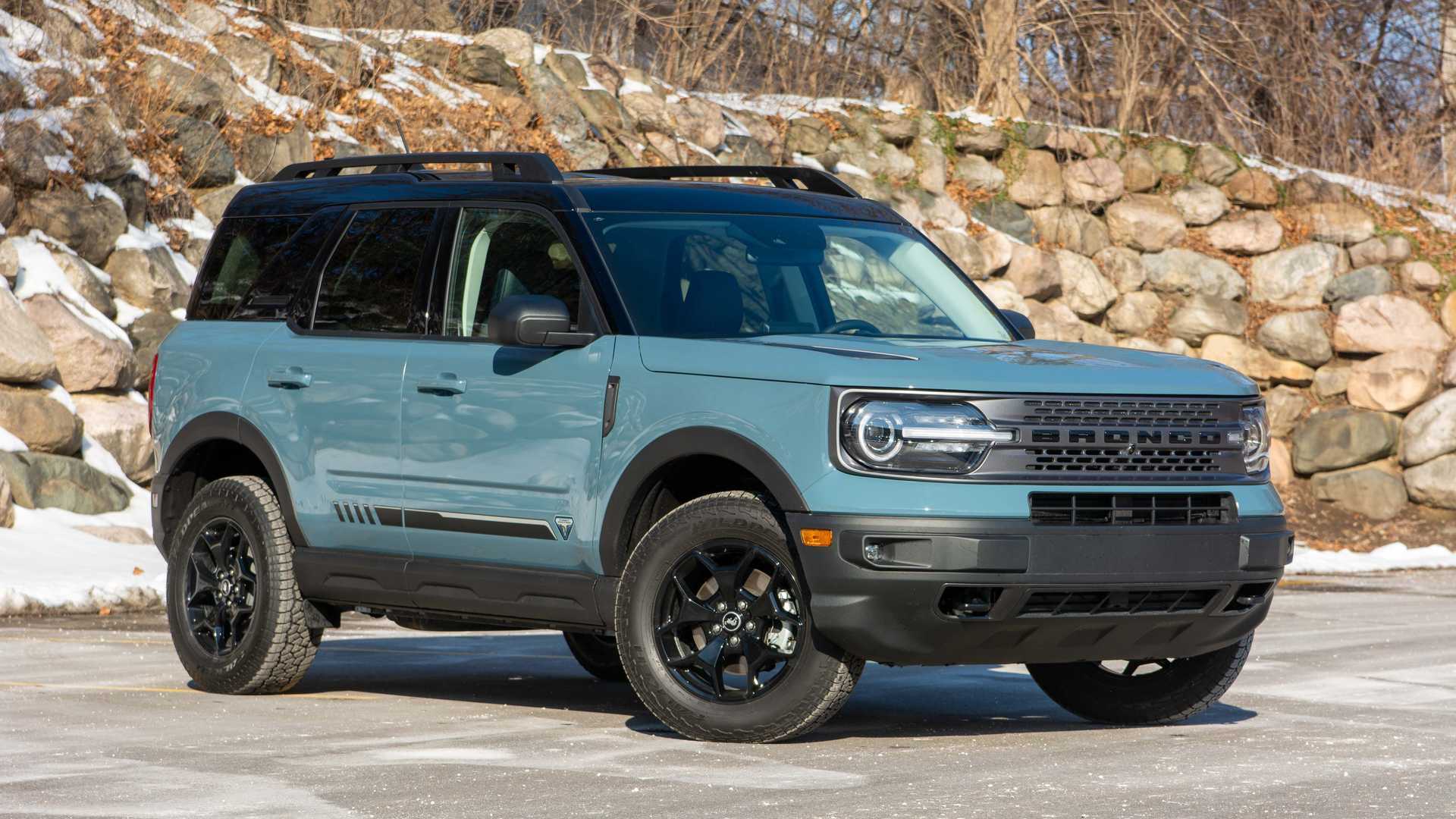
Ford has already demonstrated thoughtful interior packaging with the Bronco Sport’s safari-style roof that accommodates taller items and the clever storage solutions throughout the cabin.
Sliding rear seats would complement these features perfectly, creating a truly modular interior that could be reconfigured based on specific adventure needs.
For families where one parent might take the children to school during the week and the other might use the vehicle for outdoor pursuits on weekends, this flexibility would be invaluable.
The competitive set for the Bronco Sport includes several vehicles that already offer sliding rear seats, most notably the Jeep Compass and some trim levels of the Subaru Forester.
By incorporating this feature, Ford could address one of the few areas where rivals currently hold an advantage while reinforcing the Bronco Sport’s positioning as the most versatile vehicle in its class.
The mechanical implementation would be straightforward given Ford’s experience with sliding systems in vehicles like the Transit Connect and certain European market models.
Perhaps most compelling is how sliding rear seats would enhance the Bronco Sport’s appeal to its target demographic: active lifestyle enthusiasts who frequently transition between different gear loadouts.
Mountain bikers might need maximum cargo space one weekend, while a family camping trip the next might require balanced passenger comfort and storage capacity.
The current fixed configuration forces these consumers to make compromises that sliding seats would eliminate, allowing the vehicle to adapt to their lifestyle rather than forcing lifestyle adaptations to vehicle limitations.
With Ford’s increased focus on creating vehicles that support outdoor adventures, sliding rear seats in the Bronco Sport would represent a logical evolution that aligns perfectly with the brand’s “Built Wild” philosophy.
This feature would reinforce that the Bronco Sport isn’t merely styled to look adventurous but is genuinely engineered to support diverse adventure activities through thoughtful, practical design choices that respond directly to the real-world needs of its owner community.
2. Mazda CX-5
The Mazda CX-5 has earned widespread acclaim for raising the compact crossover segment with near-luxury interior quality and engaging driving dynamics. However, its fixed rear seating arrangement represents a curious omission in a vehicle otherwise so comprehensively designed.
Mazda’s pursuit of premium positioning has delivered on materials, fit-and-finish, and driving experience but has overlooked how sliding rear seats could substantively enhance the CX-5’s practicality without compromising its upscale character.
The CX-5’s current configuration offers reasonable passenger space and cargo capacity but forces a fixed compromise between these competing needs. Mazda has prioritized passenger comfort with generous fixed rear legroom, but this comes at the expense of cargo versatility.
A sliding rear seat with approximately four inches of travel would transform the ownership experience, particularly for the young professional and small family demographic that represents the CX-5’s core market buyers who frequently need to reconfigure their vehicles for different scenarios.
What makes this omission particularly noticeable is how perfectly sliding rear seats would complement Mazda’s “Jinba Ittai” (horse and rider as one) design philosophy.
This principle emphasizes harmony between vehicle and driver, and extending this concept to include harmony between vehicle and varied lifestyle needs would represent a natural evolution.
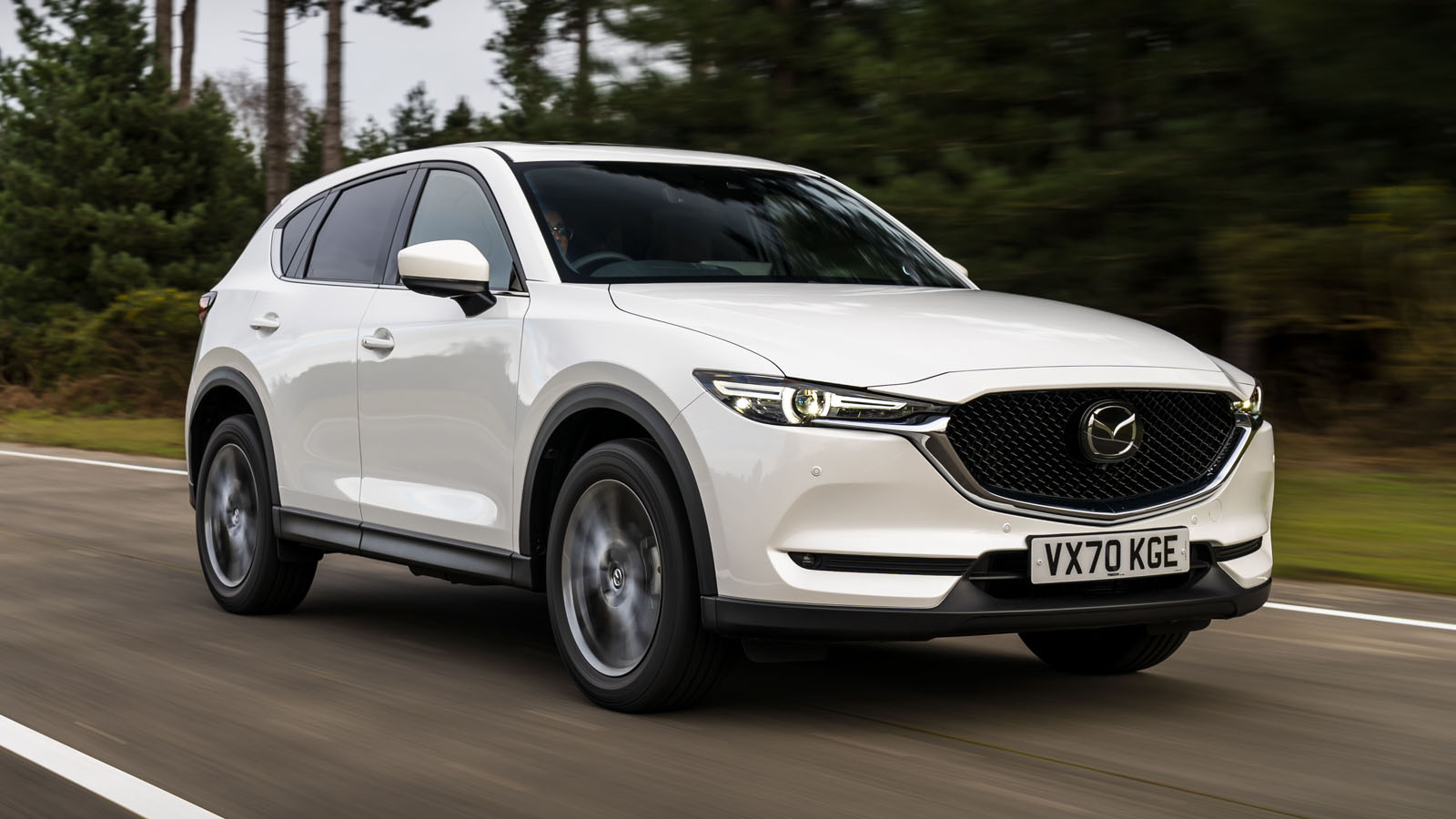
The CX-5’s premium character wouldn’t be diminished by this addition, properly executed with Mazda’s typical attention to material quality and operational refinement, sliding rear seats could enhance the perception of thoughtful craftsmanship.
Mazda engineers have demonstrated exceptional attention to detail in other aspects of the CX-5’s design, from perfectly weighted controls to acoustic insulation that creates a serene cabin environment.
This same meticulous approach applied to a sliding rear seat mechanism could yield a system that operates with satisfying precision and remains silent over years of use addressing potential concerns about introducing moving parts to a vehicle known for its solid construction.
The minimal additional production cost would be easily justified by the substantial enhancement to functionality. As Mazda continues to position the CX-5 upmarket while maintaining its accessibility to mainstream buyers, sliding rear seats would provide a tangible, daily-use feature that reinforces the brand’s commitment to crafting vehicles that exceed expectations in every aspect.
This addition would particularly strengthen the CX-5’s appeal against competitors like the Toyota RAV4 and Honda CR-V, which offer this functionality in a segment where practical versatility remains a key purchase consideration despite Mazda’s admirable efforts to elevate the driving experience above utilitarian concerns.
3. Subaru Outback
The Subaru Outback has built its reputation on versatility, all-weather capability, and adventure-readiness, making the absence of sliding rear seats in its current design a surprising oversight.
For a vehicle that otherwise so comprehensively addresses the needs of outdoor enthusiasts and active families, fixed rear seating represents a limitation that seems at odds with the model’s fundamental ethos of adaptability and practicality in diverse conditions.
The Outback’s longstanding appeal derives from its unique position in the market, offering wagon-like driving dynamics with crossover ground clearance and capability.
Its generous cargo area and standard roof rails already accommodate adventure gear effectively, but sliding rear seats would elevate the interior flexibility to match the vehicle’s external versatility.
With the Outback’s elongated wagon profile, even a modest adjustment range of four to five inches would create significant advantages for real-world usage scenarios.
Subaru owners are famously loyal to the brand precisely because the vehicles are engineered for real-world functionality rather than merely styling or trends.
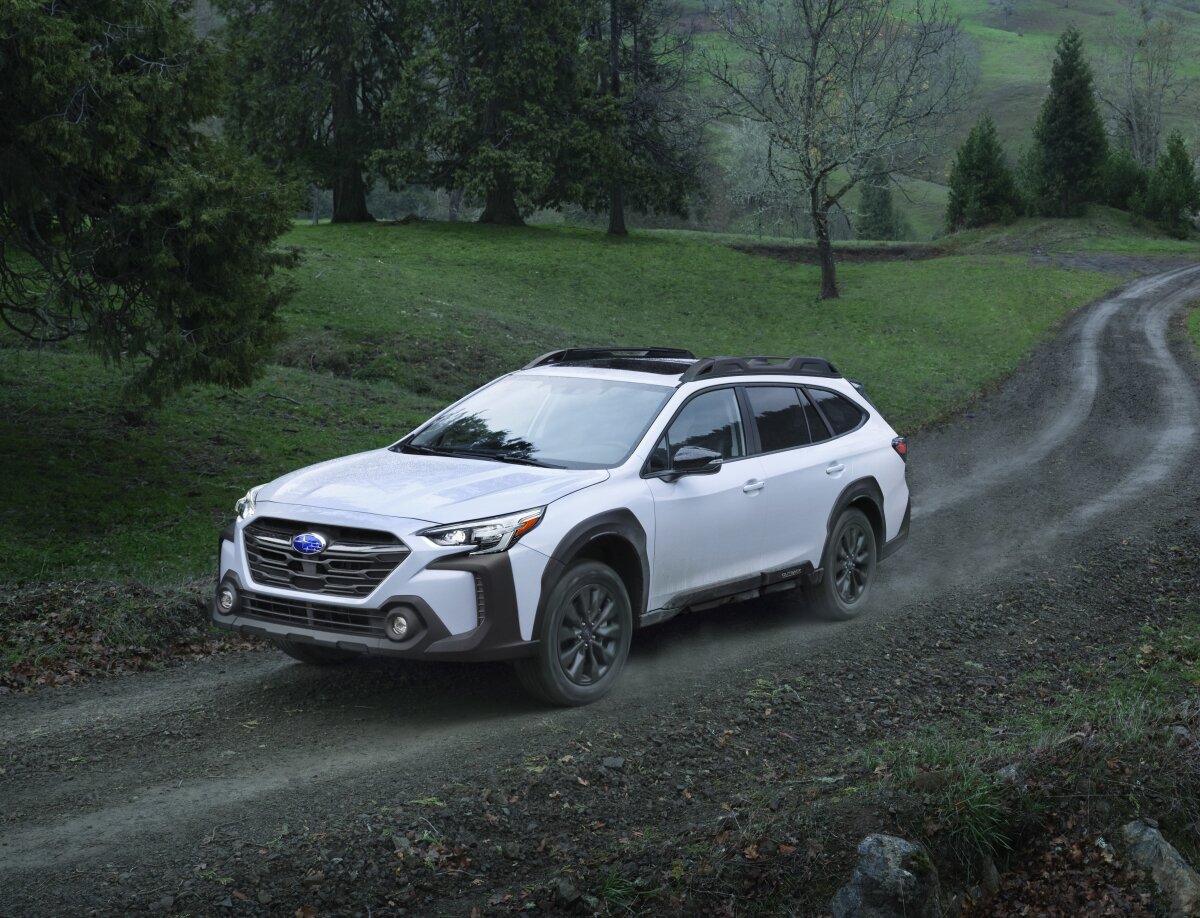
This demographic often including outdoor sports enthusiasts, dog owners, and families who regularly venture beyond paved roads would particularly benefit from reconfigurable interior space.
The ability to slide seats forward to accommodate bulky gear for weekend adventures, then easily readjust for passenger comfort during daily commuting, aligns perfectly with the multifaceted lifestyle Subaru has successfully marketed for decades.
What makes this feature’s absence particularly noteworthy is that Subaru already offers sliding rear seats in its smaller Forester model, demonstrating the company’s engineering capability and recognition of the feature’s value.
Extending this functionality to the flagship Outback seems a natural progression that would strengthen its position as the ultimate expression of Subaru’s “go anywhere, do anything” philosophy. The wagon platform presents fewer engineering challenges for implementing sliding seats than the taller Forester, making the omission even more puzzling.
As competitors increasingly incorporate adaptable interior configurations across their lineups, the Outback’s fixed rear seating may eventually become a competitive disadvantage in a segment where Subaru has historically led through innovation rather than followed.
Adding sliding functionality would reinforce the Outback’s positioning as the thoughtfully engineered solution for consumers whose lives demand both daily practicality and weekend versatility, the precise balance that has made the model an enduring success across multiple generations.
4. Kia Telluride
The Kia Telluride has earned extraordinary acclaim since its introduction, winning numerous awards and generating waiting lists at dealerships through its compelling combination of premium features, striking design, and exceptional value.
However, despite its otherwise comprehensive approach to family-friendly functionality, the Telluride lacks sliding second-row seats in most configurations, a curious omission in a vehicle explicitly designed to excel as a three-row family hauler.
While captain’s chairs with limited sliding functionality are available in certain trim levels, the standard bench configuration features fixed positioning that forces an unchangeable compromise between second-row passenger comfort and third-row accessibility.
In a vehicle this size, sliding second-row seats with approximately six inches of travel would dramatically enhance the Telluride’s already impressive versatility, allowing families to reconfigure the cabin based on occupancy needs for specific journeys rather than accepting a permanent compromise.
The case for adding this feature becomes particularly compelling when considering the Telluride’s target demographic: growing families with children of varying ages.
These households frequently need different interior configurations, sometimes prioritizing maximum cargo space for vacation luggage, sometimes requiring adult-comfortable third-row seating for carpooling or extended family visits, and sometimes needing to install multiple child safety seats while maintaining reasonable cargo capacity.
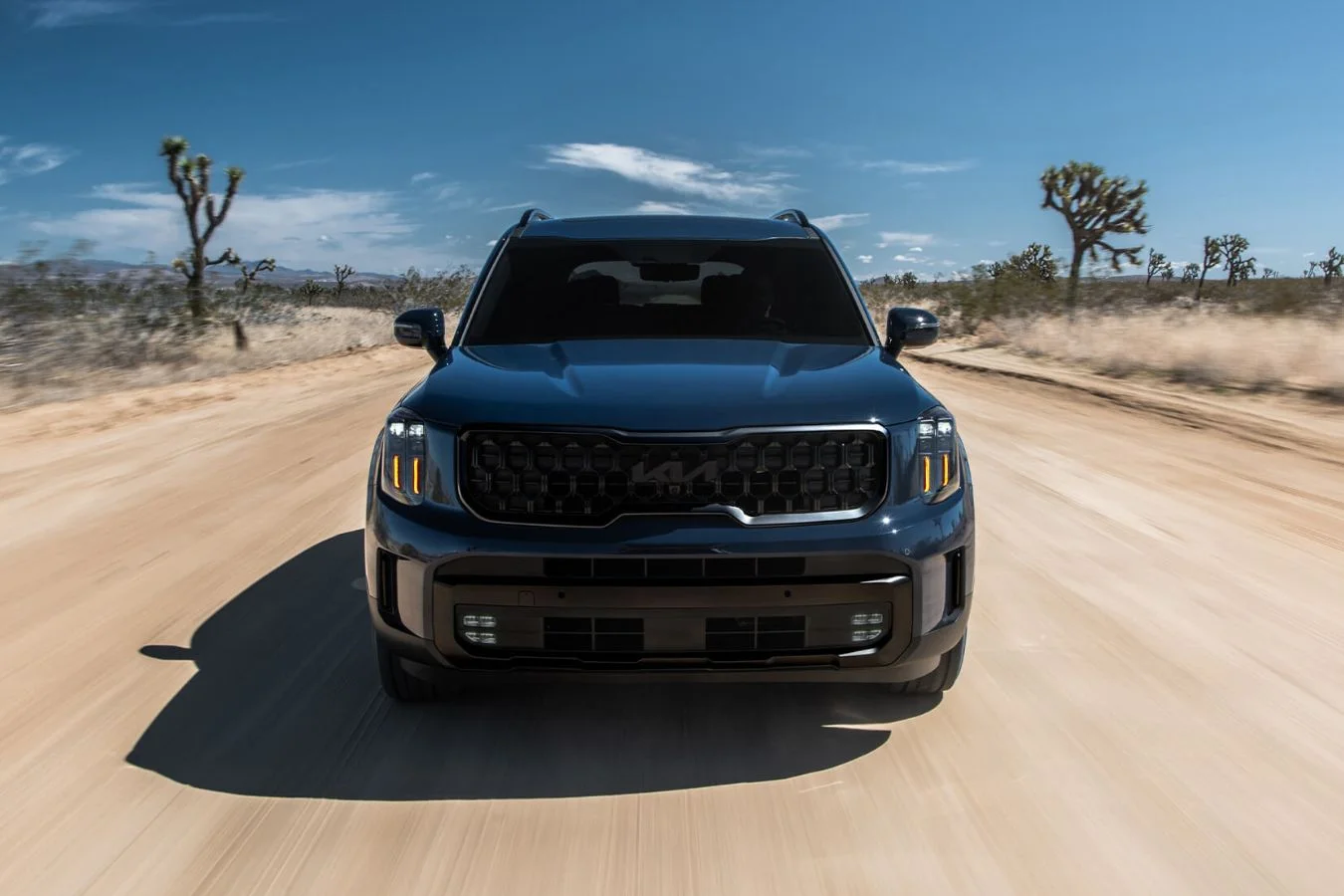
Sliding second-row seats would address these varying scenarios without requiring owners to choose between competing needs. Kia has demonstrated exceptional attention to family-friendly details throughout the Telluride, from USB ports in all three rows to quiet-close doors and driver-talk intercoms.
This thoughtfulness makes the absence of sliding second-row seats particularly noticeable, as it represents one of the few areas where the Telluride doesn’t offer best-in-class functionality.
The feature would complement the vehicle’s existing strengths while addressing one of its few limitations compared to competitors like the Volkswagen Atlas and Subaru Ascent, which do offer this capability.
With Kia’s ambitious trajectory toward premium positioning while maintaining value pricing, sliding second-row seats would represent another tangible example of the brand’s commitment to exceeding owner expectations rather than merely meeting them.
The engineering implementation would be straightforward given the Telluride’s platform sharing with the Hyundai Palisade, which offers this functionality in some configurations, suggesting that the omission stems from product differentiation strategy rather than technical limitations or cost constraints.
5. Chevrolet Tahoe
The Chevrolet Tahoe stands as an American icon in the full-size SUV segment, offering tremendous interior volume, exceptional towing capability, and a commanding road presence.
Despite its most recent redesign introducing significant improvements in passenger space and comfort, the Tahoe still lacks sliding second-row seats across most of its lineup, a feature that would transform its already impressive interior flexibility into truly class-leading versatility.
The Tahoe’s traditional appeal lies in its do-everything capability: it can tow a boat, transport a youth sports team, haul substantial cargo, and serve as comfortable family transportation for road trips.
This jack-of-all-trades positioning makes the absence of sliding second-row seats particularly noticeable, as this feature would enhance nearly every use case for which customers select this substantial vehicle.
With the Tahoe’s generous dimensions, even modest seat adjustment of five to six inches would create significant flexibility that addresses real-world owner needs.
What makes this omission more striking is how perfectly sliding second-row seats would complement the Tahoe’s recent improvements in third-row accommodations.

The current generation finally offers adult-usable third-row space thanks to independent rear suspension, but access remains challenging with fixed second-row positioning.
Sliding functionality would create dramatically improved third-row ingress and egress when needed, while still allowing the second row to maximize legroom when the third row is unoccupied addressing one of the few remaining ergonomic compromises in the vehicle’s otherwise well-executed design.
For the substantial percentage of Tahoe owners who use their vehicles for extended family road trips, sliding second-row seats would provide invaluable flexibility throughout the journey.
The ability to adjust spacing between rows based on occupant size or temporarily maximize cargo capacity for luggage without removing seats entirely would transform the ownership experience from merely satisfactory to genuinely delightful.
For a vehicle commanding premium pricing in higher trim levels, this level of thoughtful functionality should be considered essential rather than optional.
General Motors has already implemented sliding seat technology in several of its other platforms, demonstrating the engineering capability and component availability within its existing parts bin.
Extending this feature to the flagship Tahoe would represent a logical evolution that acknowledges how modern families use large SUVs not merely as transportation but as flexible living spaces that adapt to diverse needs throughout ownership.
In a segment where competitors are increasingly differentiating through thoughtful interior innovations rather than merely size and power, sliding second-row seats would ensure the Tahoe remains competitive on features while maintaining its traditional strengths in capability and presence.
Also Read: 12 Cars That Still Offer Front Bench Seating

